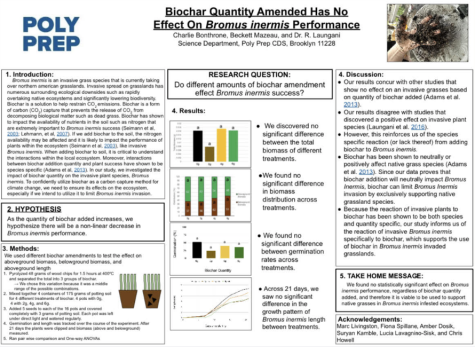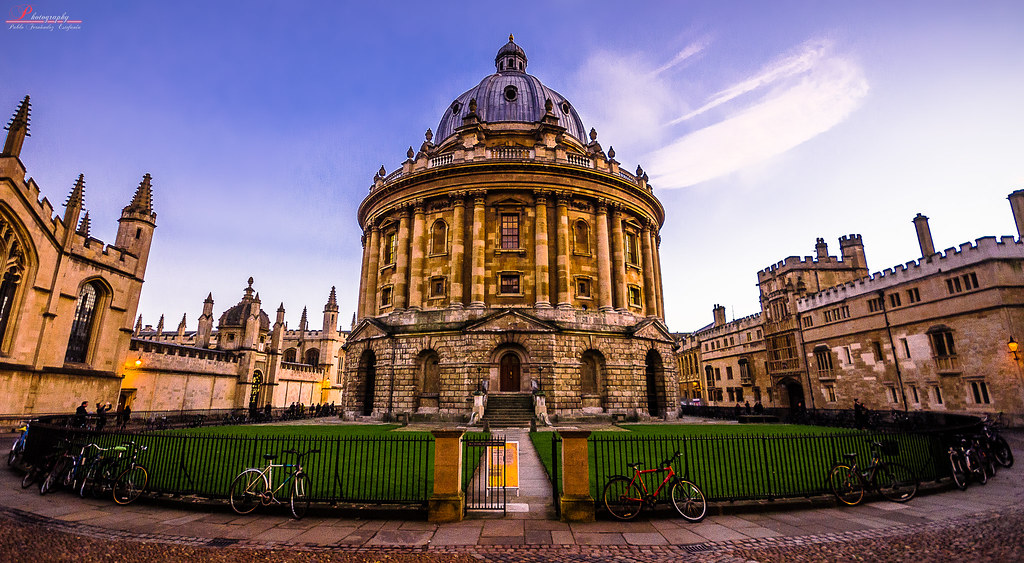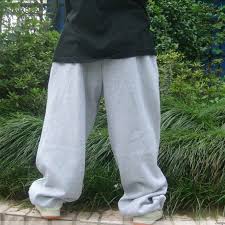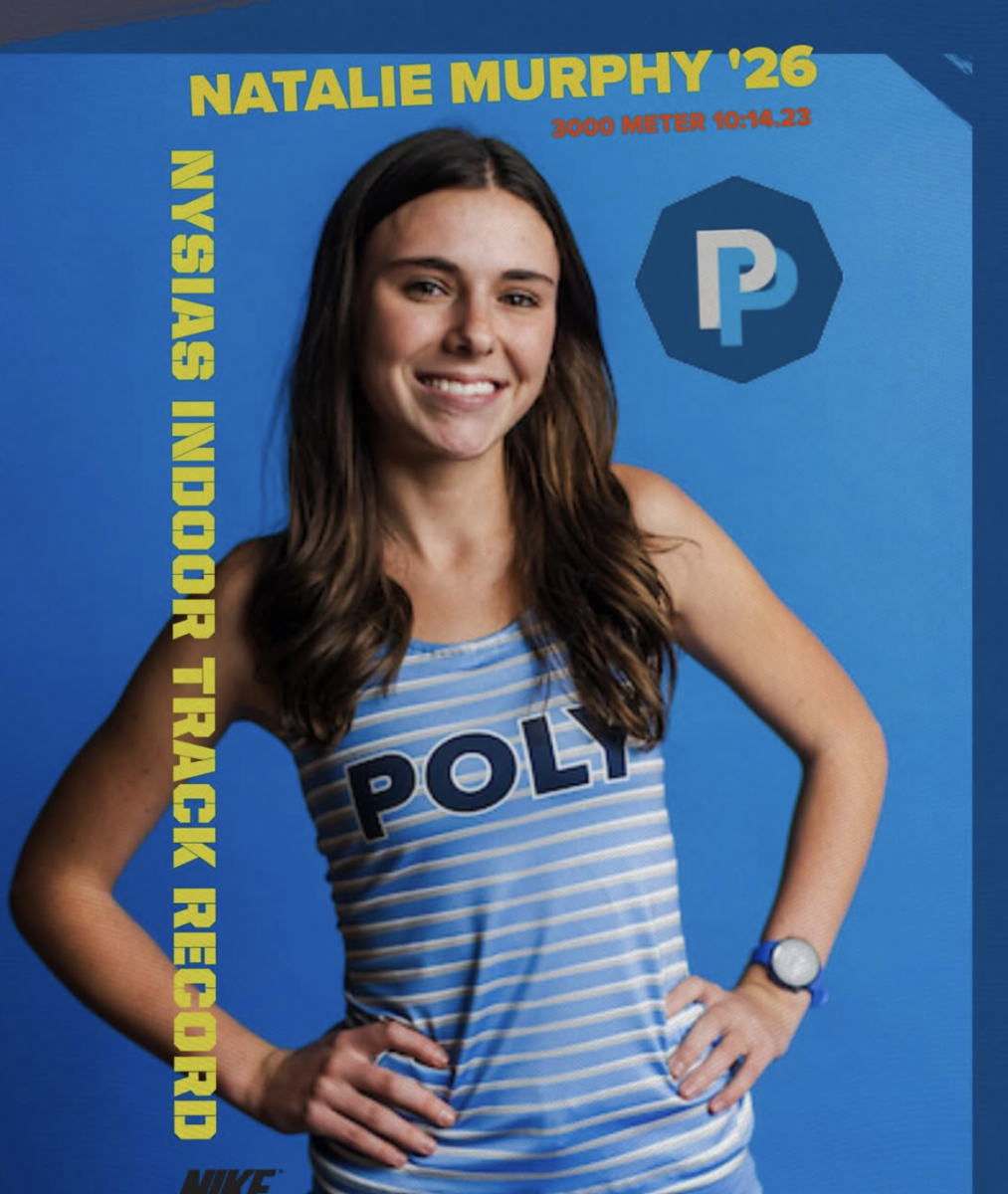Students Showcase Science Achievements
June 10, 2023
Poly Prep’s very first Science Research Symposium took place in the library on Thursday, May 11. Poly students were given the opportunity to showcase their dedication to science research through large informative posters that highlighted students’ year long research projects.
The event involved students from grades 10 and 11 in the Science Research class, as well as three seniors who chose to continue their research after completion of the course. Science department chair Dr. Ramesh Laungani, symposium co-host and one of the two class teachers, described the event as “a huge success.” Matthew Futterman, co-host and other classroom teacher, reflected that he “was so incredibly proud of all of them there.”
The event was run during the clubs’ block as a part of the school day, making it easier for students to attend. The symposium was modeled after the structure of professional scientific meetings and about 40 to 50 spectators attended. Spectators walked around the room, looked at each poster, and listened to an explanation of each project, prepared by the students.
Laungani described the event as a poster session and distinguished the difference between an ideal demonstration of learning, such as a science fair, in comparison to a science symposium. “A poster session is less about the demonstration of a particular project. A poster session is really more about the synthesis of all the work they have done and the conclusions they have made,” said Laungani.
Throughout the year-long science research course, the students dealt with discovering a particular fix to climate change. Laungani explains that they decided to go this route “because this system is what is known in science as a model system. It is easily manipulable.” Sophomores worked through a system called BioChar, a natural solution to reduce greenhouse emissions that are made of carbon and ashes. “What is really great is that the students, the sophomores, are working on this singular problem. They are tinkering their individual research projects. They have found, in certain cases, contradictory results, which is also really great,” said Laungani. The sophomores worked heavily with BioChar, whereas the juniors were given “a little more leeway,” said Laungani.
The juniors kicked off the school year with the question: Where is the dirtiest water on campus? They then began working towards dividing that question into sub parts. The juniors were divided into three subgroups: Engineering, Field Work, and Experimental. The engineering group worked on the development and construction of a filter that could work to clean the pond water for various types of life forms. The field work team compared how water quality varies at different locations across the Poly Prep campus and ultimately changes over time. Lastly, the experimental group worked to replicate the ponds inside the lab. This group took pond water, put it into tanks in the lab, and tested out what factors affected various life forms.
Sophomore Charlie Bonthrone and her partner investigated the invasive plant success effect due to Biochar, a carbon capture plant material. The sophomore teams were given the freedom to adjust the amount, pyrolysis time, and the heat of the BioChar that was used. The testing of pyrolysis time is the act of heating the BioChar without oxygen, ultimately decomposing it. The sophomores heated wood chips at an intense heat and the pyrolysis time for these wood chips varied between groups. Then, they grew and measured the invasive grass species Bromus Inermis, over the course of a few weeks. Bromus Inermis is effective in preventing soil erosion, and is frequently used to regenerate natural land spaces. Afterwards, they presented their findings at the symposium.
Bonthrone said that “The symposium was a success as we explained our work to a variation of students and faculty.”
Junior Hazel Budker said “I think going into it everyone was a little bit nervous, but as the presentation continued, it felt much more natural. I believe that the symposium was super successful because we were able to share and educate our research on the Poly Ponds with the rest of the community.”
Laungani hopes to reinvent the narrative about what science research truly consists of. “The old model of science is, a scientist in a lab coat down in their basement working alone… and the reality is that is not how science is done at all, anywhere. We have to help our students understand that science is inherently collaborative and that multiple people can be working on the same problem from slightly different angles,” he said.
Laungani is looking forward to traditionalizing this event and said that “the hope is this sort of sets a precedent for the event moving forward. So the plan is every year, maybe not May 11, but around this time of year, there will be a science research symposium where 10th and 11th graders will present…their work to the Poly community.” Futterman agreed, stating “We’re very proud of them and looking forward to next year for it, too.”

























